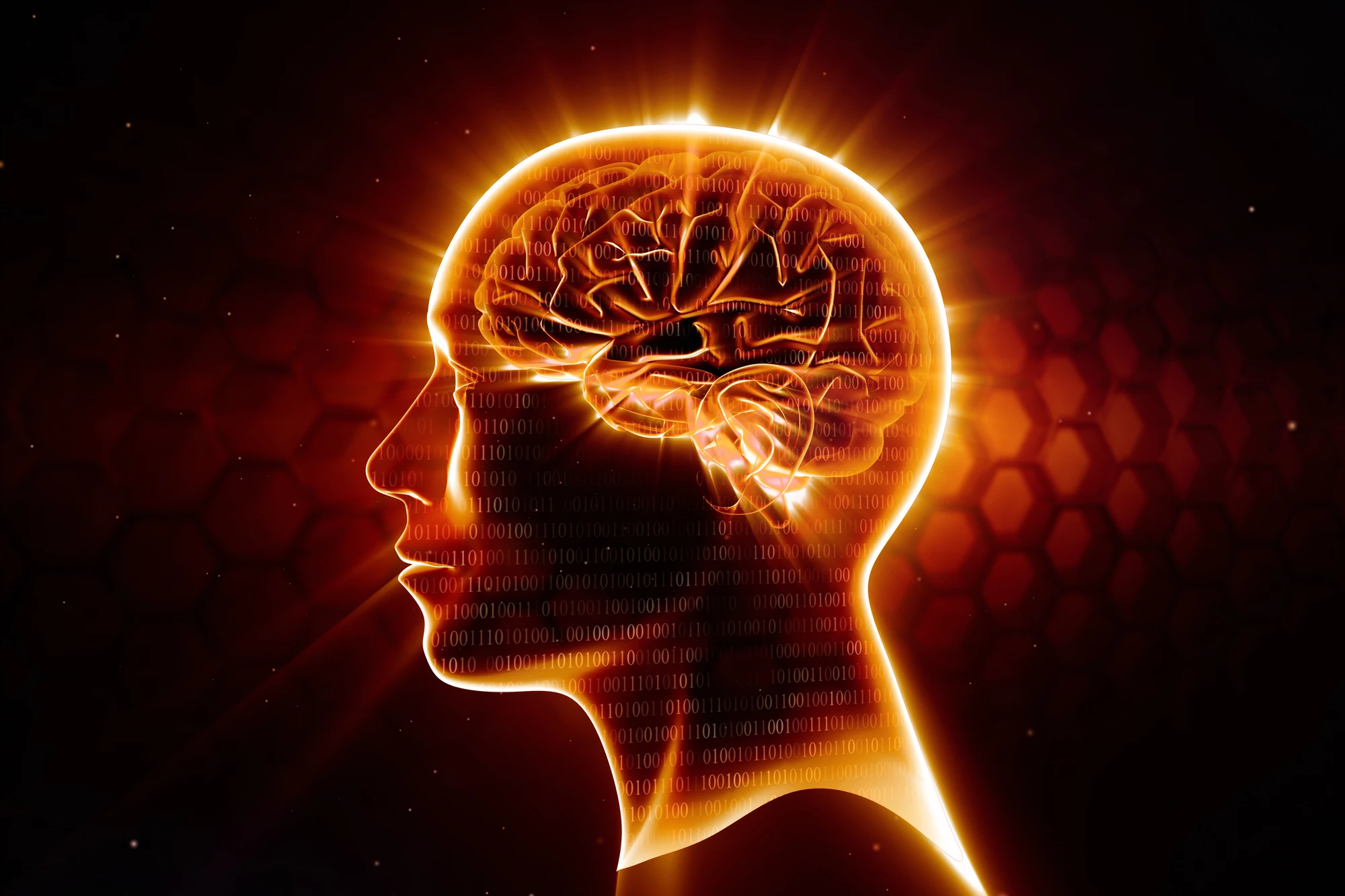Originally developed to relieve motor symptoms in Parkinson's patients in the 1980s, deep brain stimulation (DBS) is beginning to show real promise in treating other neurological conditions, including severe cases of depression. The technology works by targeting specific areas of the brain with electrical impulses, and a new study has demonstrated how the approach can be customized based on individual brain activity to treat cases long resistant to traditional forms of therapy.
In recent years, we have looked at a number of studies that show the ways in which DBS can help tackle depression, including how it can offer relief from treatment-resistant forms of the disorder. Earlier this month, we reported on a fascinating study revealing how it induces some of its anti-depressive effects, with the technique found to trigger changes in beta power in the subcallosal cingulate, a brain region known to play a major role in depression.
The scientists made this discovery by recording electrophysiological activity and using a machine learning algorithm to decipher the brain patterns at play. These changes in beta power correlated with a significant decline in depression symptoms even a week after the treatment. Now, another team of researchers has built on this through a first-of-its-kind clinical trial that focuses on activity in the subcallosal cingulate (SCC), along with another brain region called the ventral capsule/ventral striatum (VC/VS).
“These DBS targets are thought to be hubs at the crossroads of critical white matter pathways that connect cortical and subcortical network regions relevant to the expression of depressive symptoms,” says study author Dr Nader Pouratian, from the University of Texas Southwestern Medical Center. “SCC stimulation more often reduces negative feelings and VC/VS stimulation usually increases positive feelings. This is the first study to target both regions at the same time. In doing, so we will have more specific control over depression symptoms and therefore be better able to tailor the DBS to each individual patient’s needs.”
This novel form of DBS was applied to a patient with the pseudonym John, who was suffering from treatment resistant depression and had electrical leads implanted in his brain to both provide stimulation and monitor electrical activity. The scientists began by monitoring John's brain activity over a variety of mood states, either natural or induced – through viewing happy or sad videos, for example. Then came the challenge of applying DBS stimulation patterns that induced the healthiest brain states.
“We applied hundreds of different DBS stimulation patterns to see how each one affected John’s brain activity," says study author Dr. Kelly R. Bijanki from Baylor College of Medicine. "Then we went through the data and picked out the stimulation combination that looked most like the happy or non-depressive patterns of his brain. We didn’t rely entirely on how the stimulation made John feel in the moment, since that doesn’t always predict how he might feel later. A stimulation pattern that causes an emotional reaction might not work down the line. We focused on brain activity. We saw that some patterns that matched his happy state didn’t elicit much emotion but predicted they would kick in after a few weeks or months.”
Following an initial 10-day testing period, the scientists spent months fine-tuning and programming the system to deliver just the right kind of stimulation. This included accounting for a potential placebo effect by reducing the amount of stimulation during the double-blind phase of the study, which did in turn worsen John's symptoms. Dialing it up again proved effective and after four months of treatment, John was considered to be in remission from his depression.
“The goal of our study is to find a way to personalize the treatment," says study leader Dr. Sameer Sheth. "No two people have the same experience with depression. It can produce different behaviors, thoughts and feelings from person to person. We reasoned that these differences in experience reflect variations in brain activity patterns. We were able to show that by using DBS and intracranial (electroencephalography) EEG readings we could achieve an individualized understanding of the specific brain networks contributing to a patient’s particular depressive symptoms and identify stimulation patterns that were best suited for that patient.”
John continues to participate in the research and has a TV-remote-like device in his home office that he uses while working with doctors during programming sessions as they continue studying his brain activity. The scientists now plan to build on these promising results by expanding the research to include 12 participants who will undergo the same analysis of brain activity across different mood states and subsequent customized treatment regimes.
“It takes a lot to be a person,” John says. “When I was depressed, it was like I was in an oven and I just wanted to get out of the fire. I didn’t care how. Now I can find pleasure in life, and I can be me again.”
The research was published in the journal Biological Psychiatry.
Source: Baylor College of Medicine




